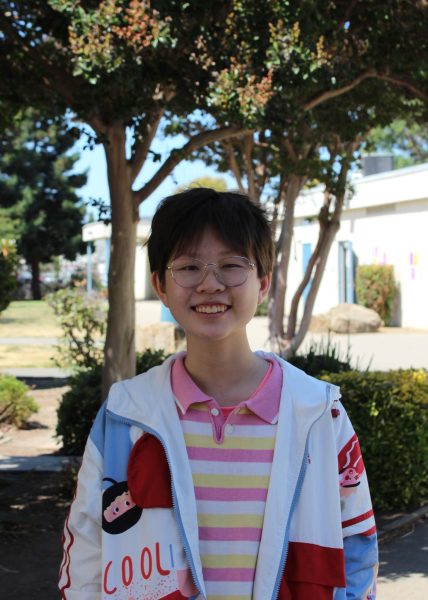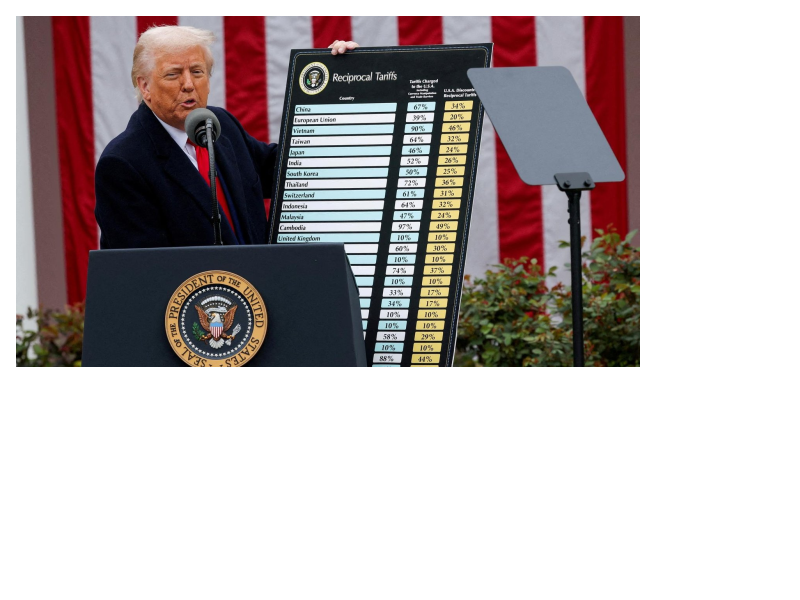I love 9 hour school days, being at school until past 5 pm, and doing homework for up to 6 hours straight. While these aspects of the East Asian school systems seem daunting, they don’t communicate everything about schools there. The 9 hour school days typically consist of long passing periods, lunches, and nap times. Against popular belief, Asian school systems are superior to US school systems in terms of the college application process, quality of teachers, the general environment of schools, and so much more.
A big difference between the US school system and most East Asian school systems is the emphasis on extracurriculars. We all know how important extracurriculars are for American college applications, but since there isn’t that much of an emphasis on extracurriculars in Asia, students can focus on their academic studies instead of trying to juggle their time between homework, sports, clubs, and more.
Teachers are also a big factor in school systems around the world. Speaking from personal experience, the teachers in Asia care a lot more about their students than teachers in America due to the salaries they receive. Teachers in Asian countries often get paid more than teachers in the US in accordance with the cost of living in each area. When I was a seventh grade student in Taiwan, it was evident that teachers genuinely cared about our success in school. My homeroom teacher would study different subjects such as biology and civics to help us on tests and quizzes, even though she herself was a math teacher. Dedicating time after school to helping us revise our tests and even her own time to study the textbooks showed how much she truly cared about each student.
The food at Asian schools is also a great deal better than the school lunch in the US. Ever since 2018 when the Trump administration rolled back the Healthy, Hunger-Free Kids Act from 2010, schools’ nutrition standards have been lowered and school lunch has gotten increasingly unhealthy. In contrast, many Asian schools provide consistently healthy and appetizing lunches, always making sure that they include rice, some type of meat, veggies, protein, and even soup.
Some may bring up the fact that students in Asia consistently have a truckload of homework. Teachers will typically give our homework every day for each subject, which is at least 2 hours of homework per day. But this homework is not without reason, as homework is in fact material for students to practice what they learned in class.
Statistics can show the positive impacts of Asian school systems. East Asian countries including China, Japan, Taiwan, and Korea all have a literacy rate of over 95% in comparison to the global average of about 86-87% and the US average of 79% according to Statista. With these statistics and so many other factors, it is obvious that school systems in Asia are leagues above the ones in the US.













